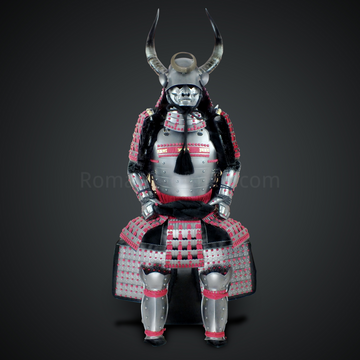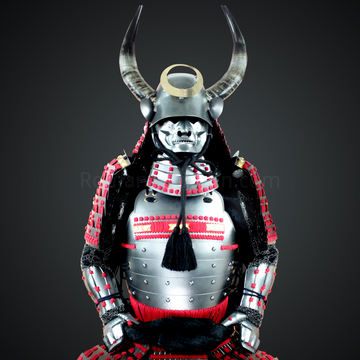Midareutsuri in Japanese Katana terminology
What is Midareutsuri in Japanese Katana terminology?

"Midareutsuri" (乱映り) refers to a type of ""Utsuri"" (映り), a phenomenon that appears in the ground of the blade. Utsuri is a pattern that appears faintly like a shadow in the flat surface of the blade when light is reflected on it. Midareutsuri is a type of Utsuri where the pattern appears in a disordered or irregular manner, similar to the temper line or ""Hamon"". This is why it is also referred to as ""Kageutsuri"" (影映り), meaning ""shadow Utsuri"". When the pattern resembles the ""Choji"" (clove-like) pattern, it is also referred to as ""Chojiutsuri"" (丁子映り).
This phenomenon is often seen in Bizen swords from the early to middle Kamakura period. With the advent of the Edo period, swordsmiths who took Bizen tradition as their model attempted to reproduce this phenomenon.
This term reflects the intricate patterns that can be formed on the blade of a Japanese sword. The disordered or irregular pattern of Midareutsuri adds a unique aesthetic appeal to the sword. The fact that this phenomenon is often seen in Bizen swords from the Kamakura period underscores the influence of regional styles and historical periods in sword making. The attempts to reproduce this phenomenon during the Edo period reflect the enduring appeal and significance of this pattern."







